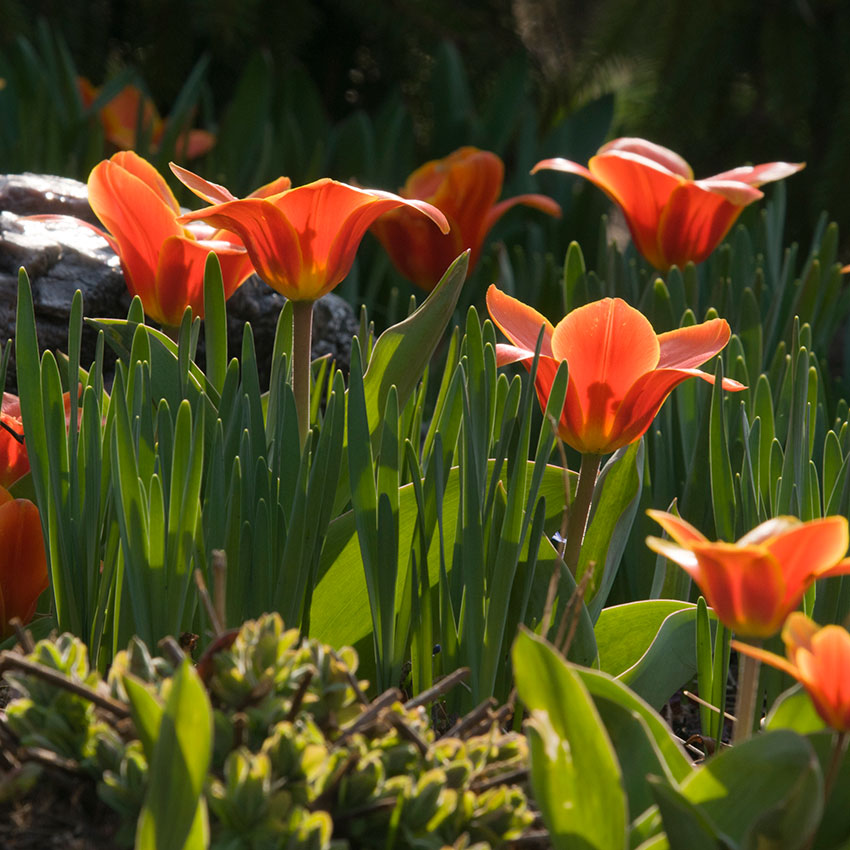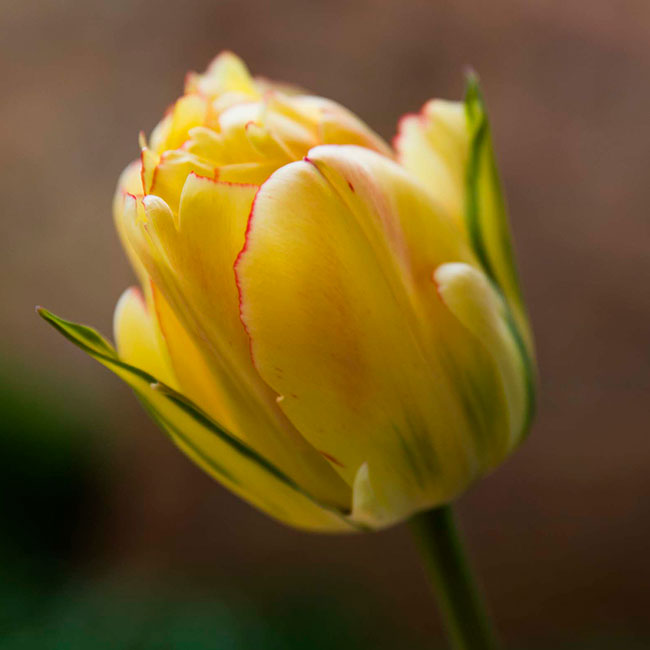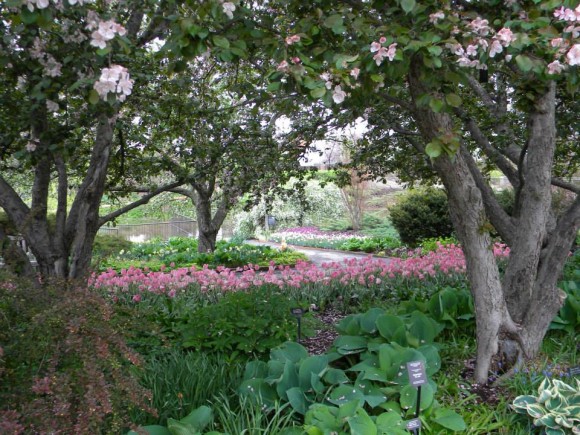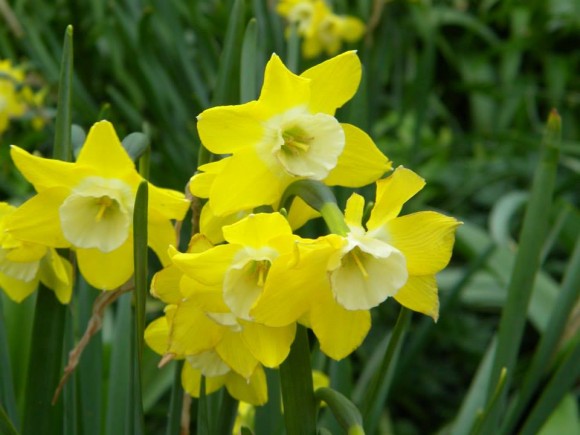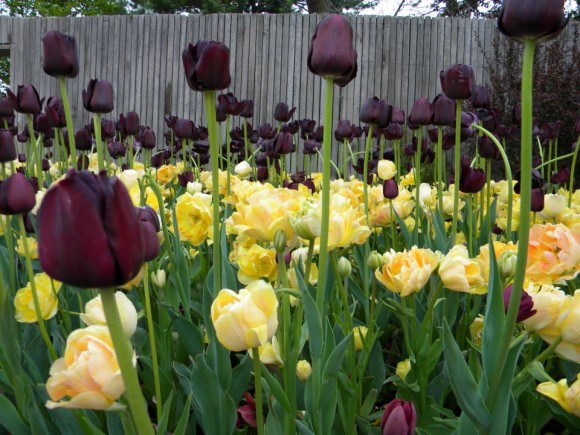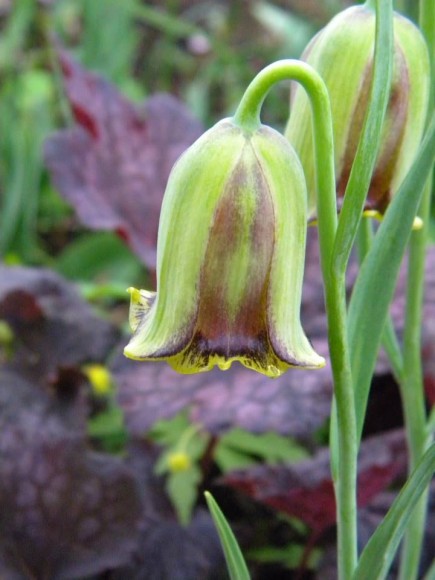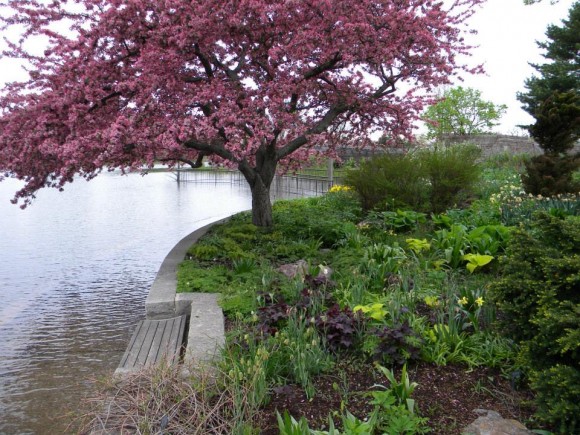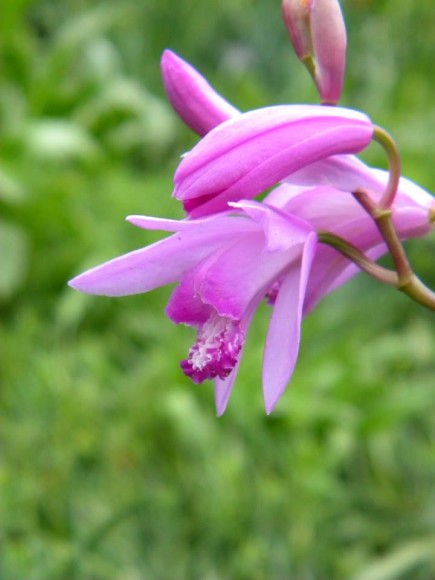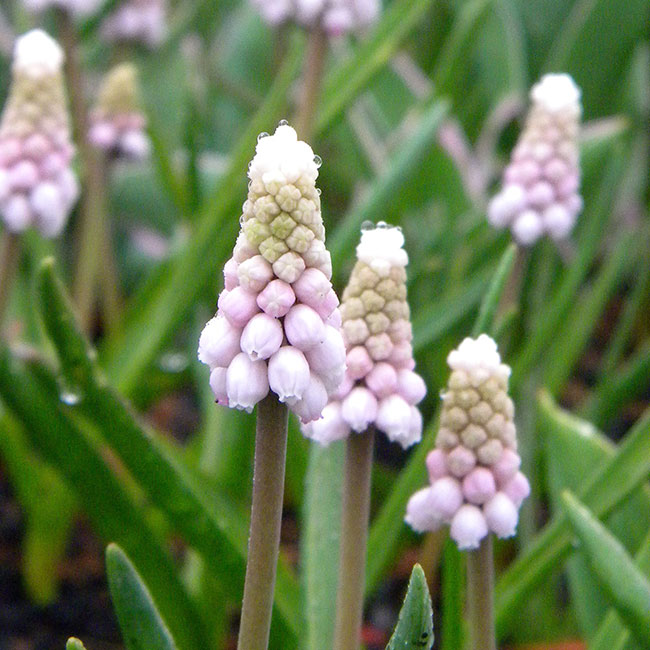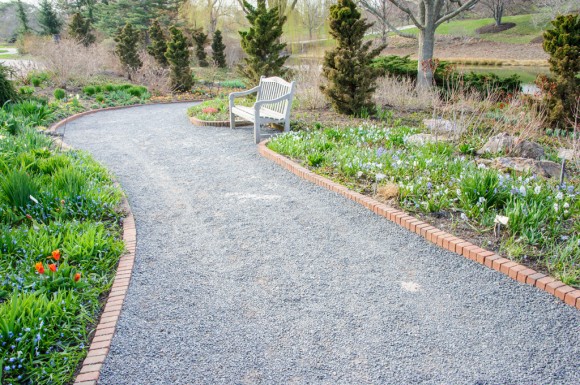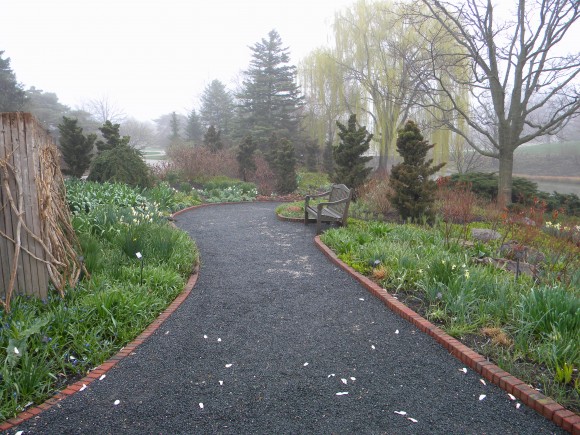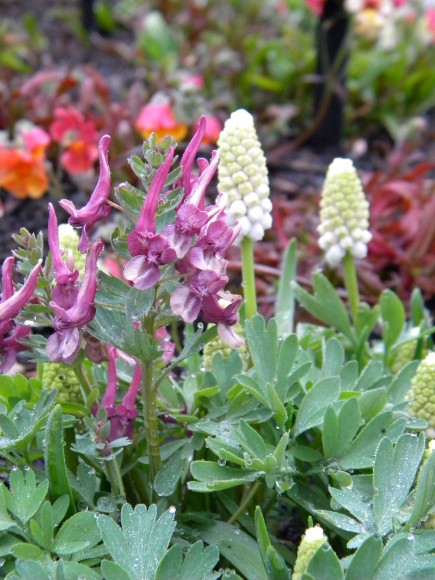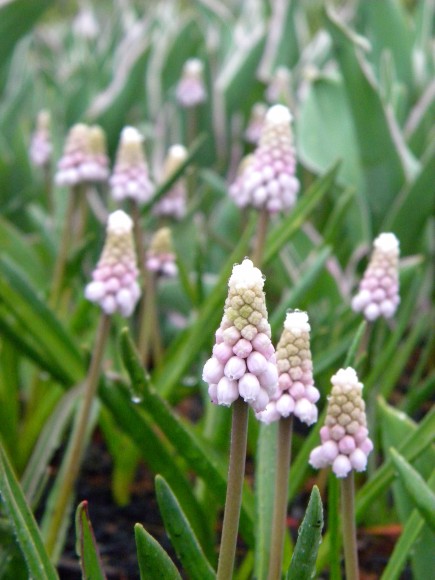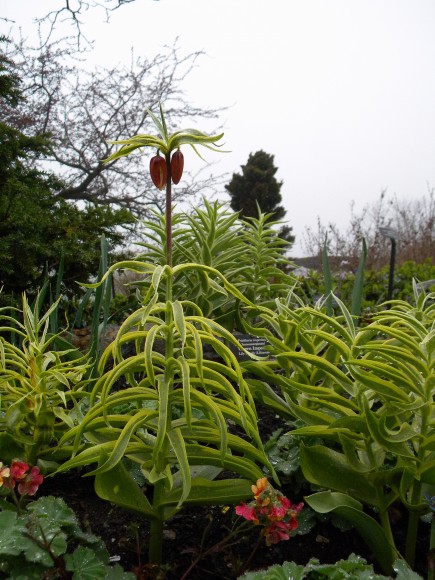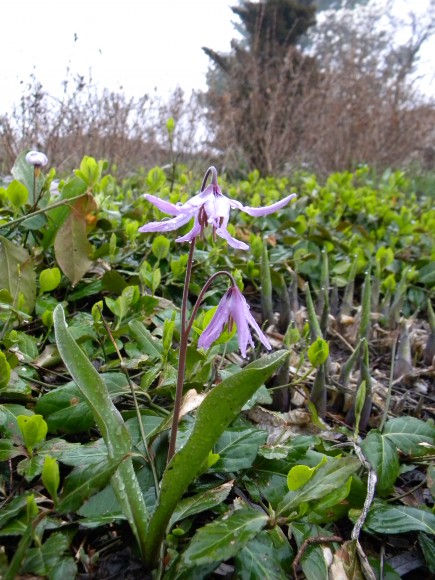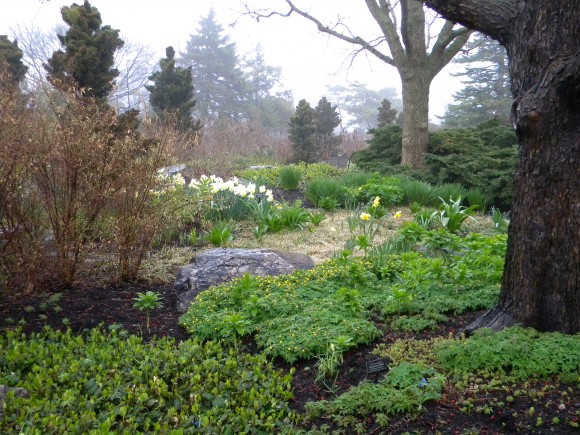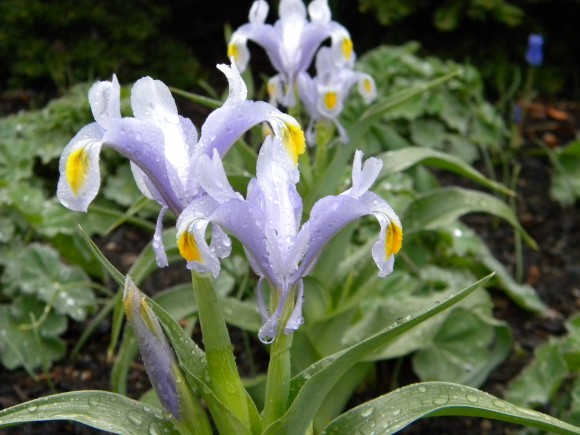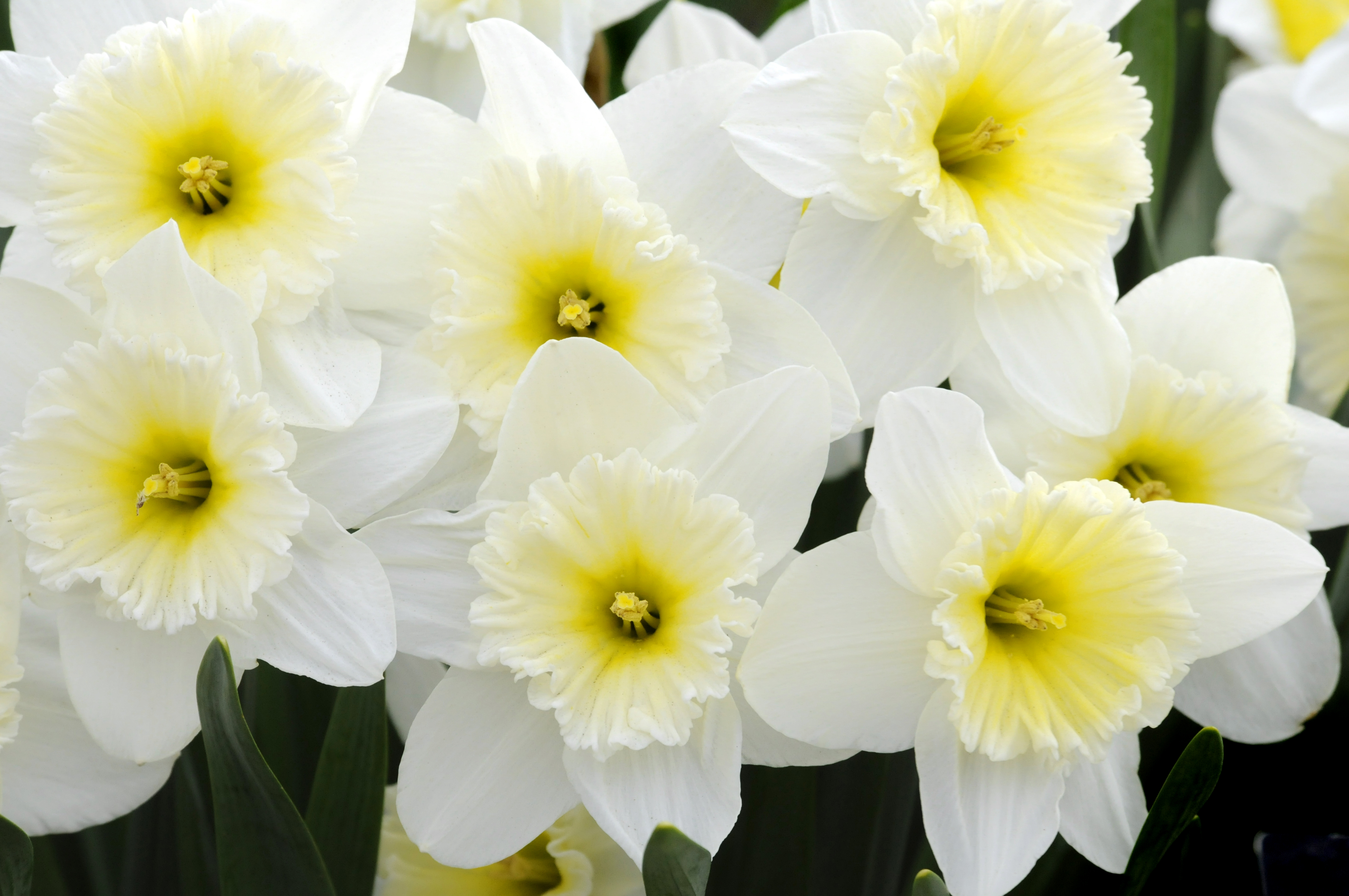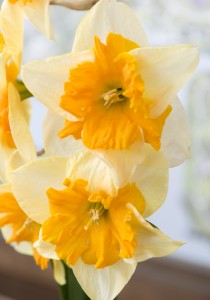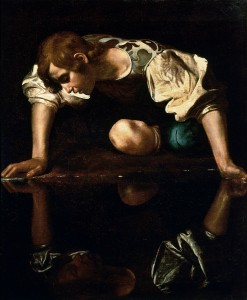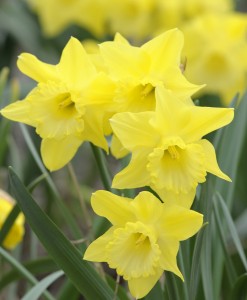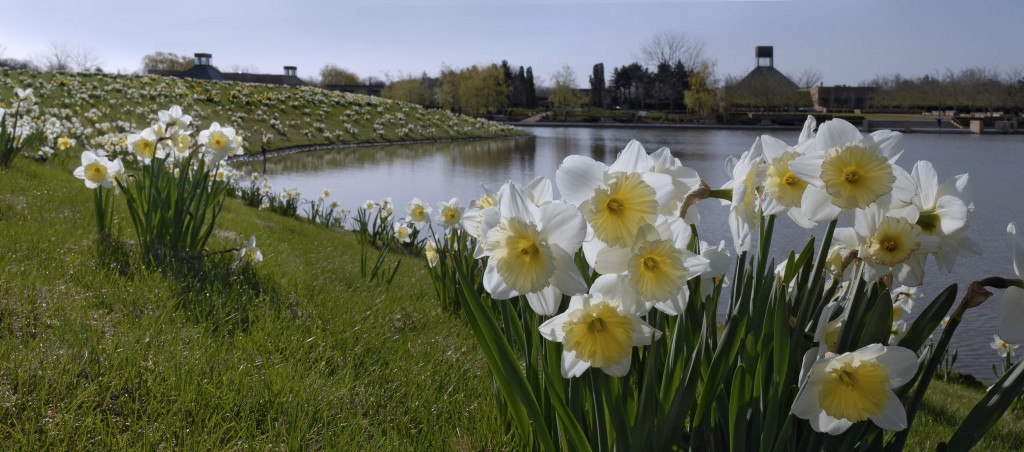Shorter days. Cooler nights. A gardener’s fancy turns to thoughts of bulbs: What’s new this year? How can I boost color in the spring? How do I extend my bloom time?
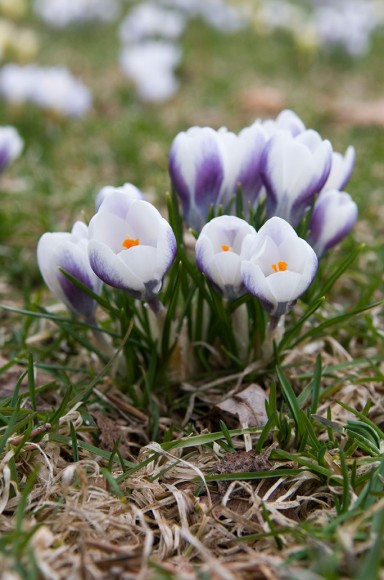
Gardeners seeking early signs of spring will be happy to plant Crocus chrysanthus ‘Blue Pearl’. The pretty flower—pearlescent white, flamed with blue—brightened the Bulb Garden lawn last spring. It’s also a good candidate to use in perennial borders, under trees and shrubs, and among ground covers.
Narcissus ‘Frosty Snow’, builds in variety and interest with its color-changing ways. White petals open around a yellow cup, which slowly shifts from white with a yellow rim to pure white. It’s almost like getting three flowers with one bulb.
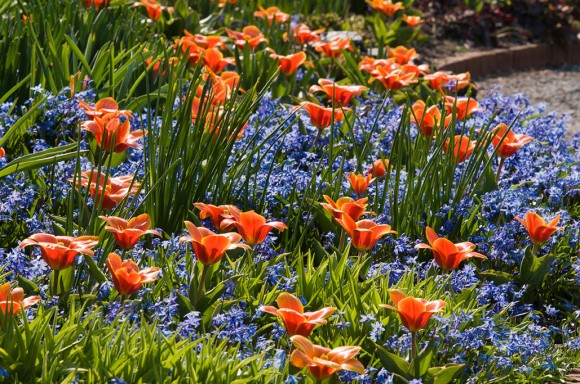
The deep orange of Tulipa kaufmanniana ‘Early Harvest’ can bring warmth and vibrancy to a spring garden, that pairs well the “intensely” orange blooms with a blue anemone (Anemone) or squill (Scilla). ‘Early Harvest’ also offers a more compact height and perennializes well, making it a better bet to return year after year.
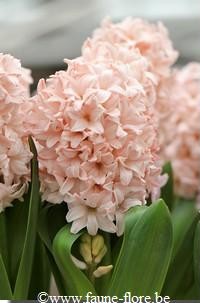
A vivid garden palette might benefit from Hyacinthus orientalis ‘Pink Elephant’. Its large, fragrant flower spikes are the palest pink tinged with salmon. Such faint pastels and whites can have a calming effect in a garden and give the eye a place to rest. Companion planted with a coral-cupped narcissus, ‘Pink Elephant’ could also be used to create a nostalgic feeling.
Allium ‘Pink Jewel’ can step up in early June, right after the tulips are done for the season. It fills in the gap when there’s not a lot blooming. The 6-inch flower clusters are composed of cheerful raspberry-sherbet pink florets with bright green centers.
Can’t wait for spring? Pick up a fall-blooming crocus and plant it as soon as you get home. New among this year’s offerings, you’ll find Colchicum ‘Violet Queen’. The large blooms combine beautifully with ground covers, providing a rich, purple color in September and October. ‘Violet Queen’ is pest resistant and naturalizes readily.
©2014 Chicago Botanic Garden and my.chicagobotanic.org

